What on Earth Affects Climate?
There are things that slow climate warming.
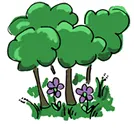
Plants like trees, grass, and flowers help slow warming. They take carbon dioxide out of the air and use it to make their own food in a process called photosynthesis. Thanks to plants, not all carbon dioxide that is released into the air will stay there.
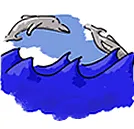
The ocean helps slow warming by taking in carbon dioxide and heat. The heat absorbed by the ocean travels the world in ocean currents. But there’s a downside - carbon dioxide and heat in the water are harmful to marine life.
There are things that cause the climate to warm.
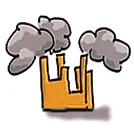
Factories and power plants that burn fossil fuels like coal and gas put huge amounts of carbon dioxide greenhouse gas into the air, causing the climate to warm. Many cities are switching to power sources like wind, solar, and hydropower to avoid warming the climate.

Farm animals like cows and sheep make methane in their bellies as they digest grass and grain. Methane is a very powerful greenhouse gas. It traps more heat than carbon dioxide. Their manure also makes methane. Farmers can contain the manure to make sure the methane from the waste doesn’t make it into the air.
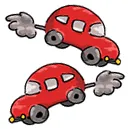
Cars and trucks powered by gasoline spew greenhouse gases into the air, warming the planet. Electric cars and trucks don’t burn gasoline, and if their power comes from renewable energy, then they don’t make any greenhouse gases at all.
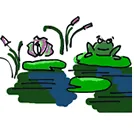
Wetlands like swamps and marshes release methane greenhouse gas into the air. However, they are a natural source of greenhouse gas in the atmosphere, so they aren’t causing recent warming.

Rice paddies are wet fields where rice is grown and they, unfortunately, warm the planet. Rice paddies release methane greenhouse gas into the air. When more land is flooded to grow rice, more greenhouse gas is added to the air.
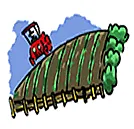
Fertilizers made in factories help plants grow, but they also release nitrous oxide, a very powerful greenhouse gas. Fertilizers from natural sources like fish or bat guano (poop!) are a better choice.
Some things have mixed impacts on climate.
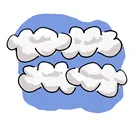
Different types of clouds have different effects on climate. Cumulus clouds shade the planet, which prevents warming. Cirrus clouds trap heat in the atmosphere, which causes warming.

Sunlight warms the Earth, which is important. Our planet would be frozen otherwise. But changes in Earth’s orbit over thousands of years and changes in the Sun’s intensity affect the climate. For example, the ice ages happened because of changes in Earth’s orbit.
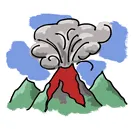
Volcanic eruptions can send ash high in the sky. The ash blocks sunlight, which can cause cooling for several years. But volcanoes can also spew carbon dioxide, a greenhouse gas that causes warming.